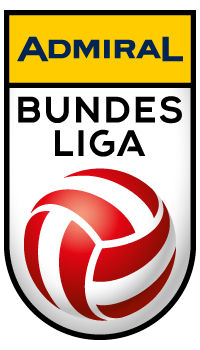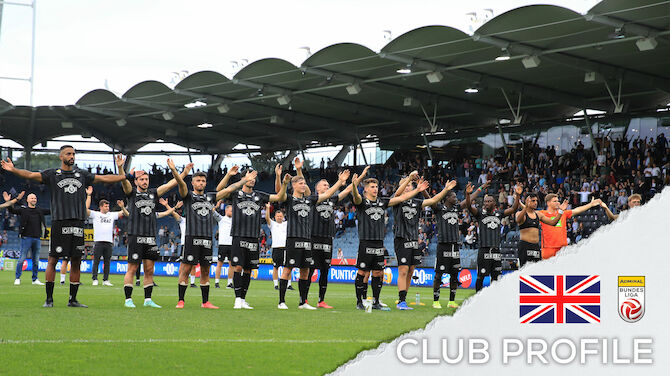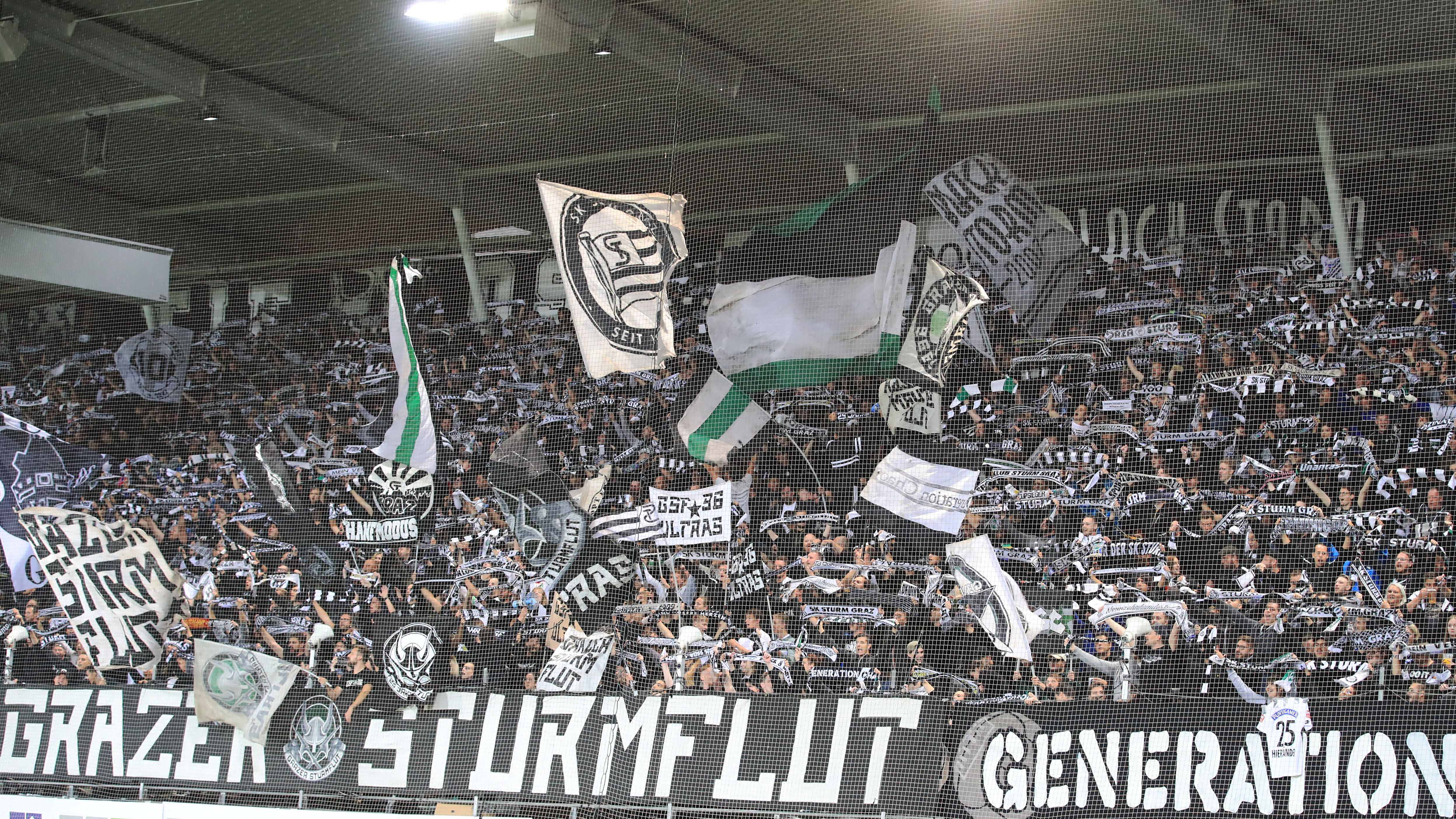Founded: 1909
Home Ground: Merkur Arena
Location: Liebenau, Graz
Colours: Black and White
Manager: Christian Ilzer
Website: www.sksturm.at
The history:
Three-time Bundesliga champions and five-time Cup winners SK Puntigamer Sturm Graz are undoubtedly one of the most tradition-steeped names in Austrian club football, and their black and white colours are fondly remembered by fans across the continent following some brave performances on the European stage around the turn of the millennium.
A Sturm brewing
Although these days the club play their football in Liebenau, the foundations of Sturm were laid a few hundred metres to the north, in the Jakomini district of Graz in May 1909. A melting pot of people from different backgrounds, the area around the Augarten park was ideal for the formation of a club made up of students and workers of various kinds. Despite the fact that many a ball was kicked in the first three years, it took until 1912 for the Grazer Fußballclub “Sturm“ to be officially created as a legal entity, and it wasn’t until 1919 that the team were able to find their first true home ground in the form of the Sturm-Platz (better known as the Gruabn) which would go on to host Sturm’s home games for the majority of the rest of the century, becoming a famous landmark in Austrian football in the process.
Styrian silverware
With the advent of the state-level Styrian Championship in 1920, Sturm had the chance to compete regularly against the other big football clubs in the region. Thanks to a 1-0 victory over Grazer AK Sturm secured the first ever Styrian Championship crown in 1921, and cemented the beginning of a firm rivalry with city neighbours GAK which remains to this day. Sturm would go on to top the Styrian Championship table a record 11 times between 1921 and 1949, winning the Styrian Cup competition on a record nine occasions in the same time-frame.
There were periods of sporting difficulty in those years though, not least during the annexation of Austria and the Second World War, during which the club was often pitted against higher-level Viennese opposition in a reformed football league, whilst simultaneously being forced to play with guest players and loan players, leading to some dismal results.
Post-war promotions
After spending much of the 1950s and 60s bouncing between the top two divisions of Austrian football, and having several seasons involving financial difficulties, Sturm eventually secured their status as an ever-present team in the top tier Nationalliga from 1967, and to this day they are the longest permanent member of Austria’s highest league from outside of Vienna. In 1968 Sturm were also the trailblazers of what has become a common practice today, teaming up with a building supplies firm to sell the naming rights of the club in return for sponsorship funding. By the time the Bundesliga era began in 1974, Sturm were there to stay.
Club legends
Helmut Senekowitsch became Sturm’s first Austrian international player in the 1957/58 season, and their fearsome strike partnership of Gernot Jurtin and Božo Bakota are remembered for helping the club to the UEFA Cup Quarter-Finals in 1984. Jurtin had already won the Bundesliga’s Golden Boot in 1981 in the club’s first ever runners-up finish in the league, but the players who went a step further are amongst the best known names in SK Sturm Graz’s history books.
Ivica Vastić played more than 250 league games for the club, lifting the Bundesliga shield twice and the Austrian Cup on three occasions as captain. Long time teammate Mario Haas secured all three of Sturm’s league titles in his 451 appearances, scoring 145 Bundesliga goals in the process, as well as winning four cups during the 1990s and 2000s.
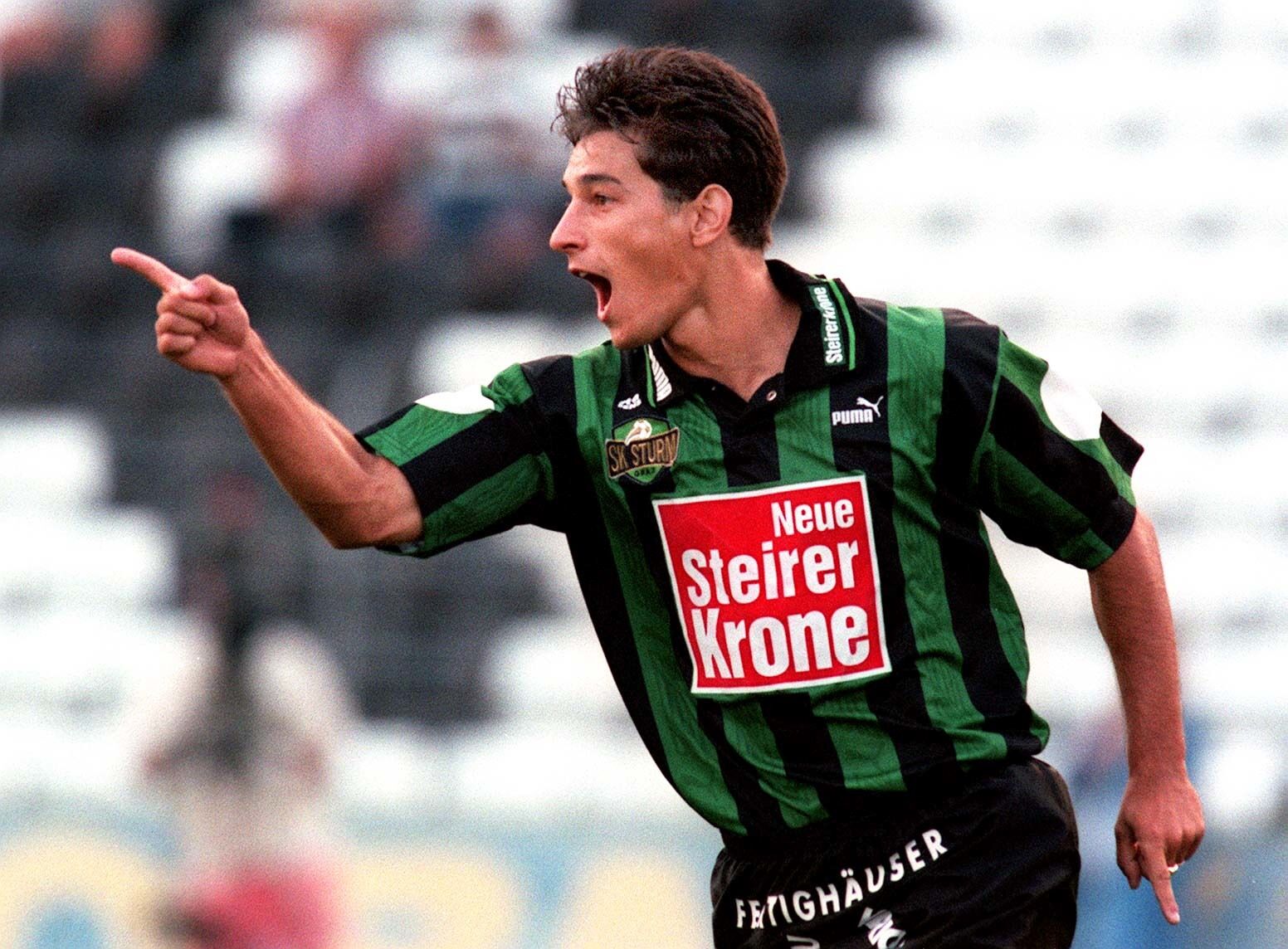
Good things come to those who wait
Those trophies didn’t come easily for SK Sturm, and after playing Bundesliga football in every season, it took until the appointment of Ivica Osim as manager in 1994 for the team to become a winning troupe. In keeping with the history of the club, Osim inherited a mostly young squad of academy players, and in his first few seasons he delivered some agonising runners-up finishes, but also the club’s first Austrian Cup title in 1996, as they defeated Admira Wacker 3-1 in the final with the help of a brace from Arnold Wetl. This success was more than backed up by another cup win the following year, and then finally, Sturm’s first ever Bundesliga title in 1998, which was secured with an impressive seven rounds to spare!
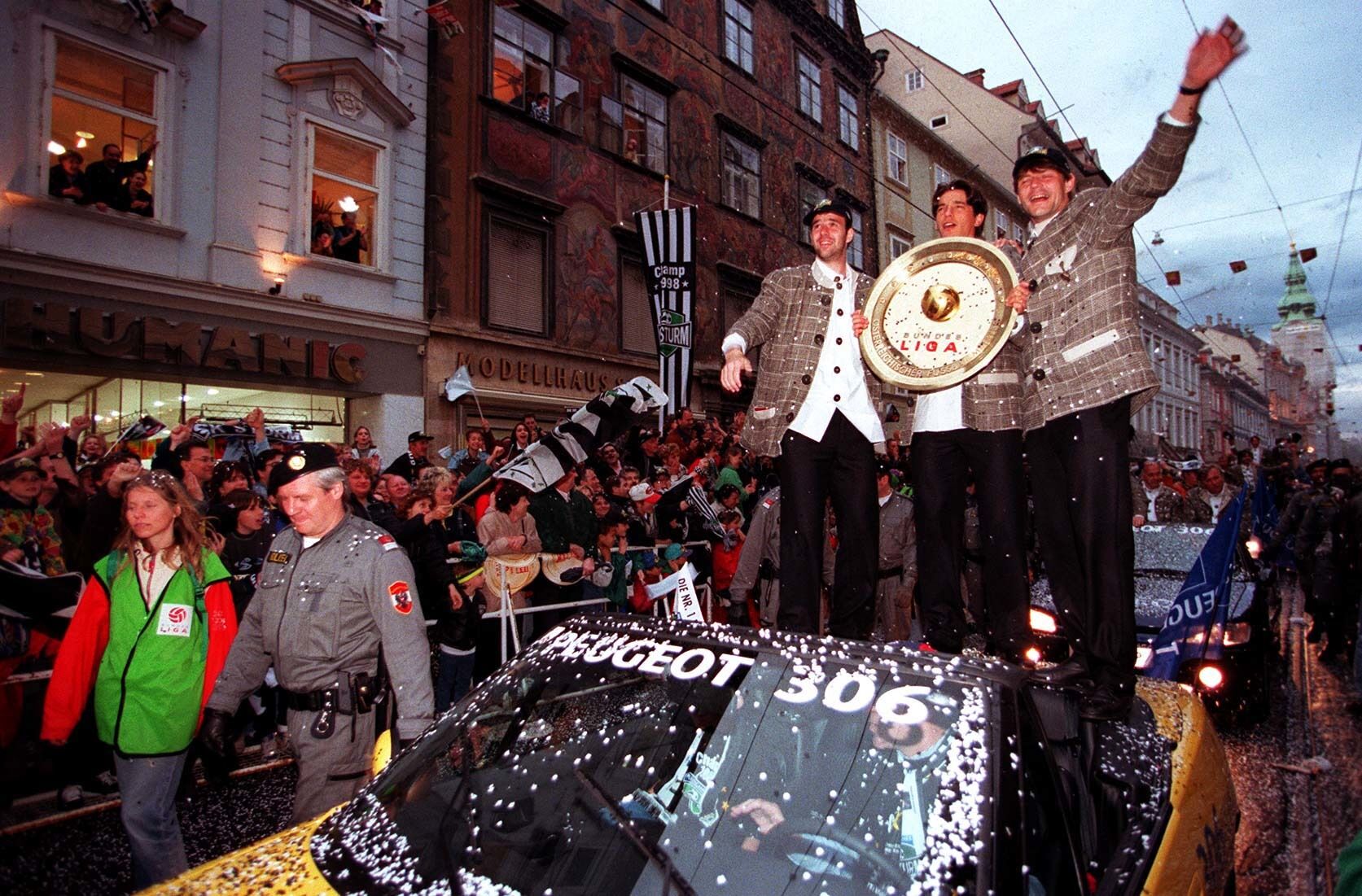
The next one didn’t come so early, but a 3-0 win over FC Tirol on the final day of the 1998/99 season saw Sturm retain their title and complete a league and cup double. During this time Sturm had enjoyed some monumental matches in the UEFA Champions League, facing the likes of Inter Milan, Real Madrid and Manchester United in group stage action; but their best run of all came in the 2000/01 season, where the club sensationally topped their group with home wins against Rangers, AS Monaco and Galatasaray, booking a place amongst Europe’s best 16 clubs in the process.
A second wind for Sturm
When Ivica Osim left the club in 2002, former player and then Assistant Coach Franco Foda briefly took over as the interim manager, and after another period of financial instability he was brought back in to manage the club again in 2006. In his six-year spell in charge, Foda built a team of winners as Osim had done in the late 90s, winning the Austrian Cup in 2010, and the club’s third Bundesliga title the following season. Whilst Foda had now won two league titles as a player and one as a coach, Mario Haas was still active on the field for that successful spell more than a decade on from Sturm’s last season with silverware. Since the success of 2011, SK Sturm have added one more trophy to the club cabinet, claiming their fifth Austrian Cup win in 2018 after Stefan Hierländer’s extra-time goal took them past Red Bull Salzburg in a nervy final.
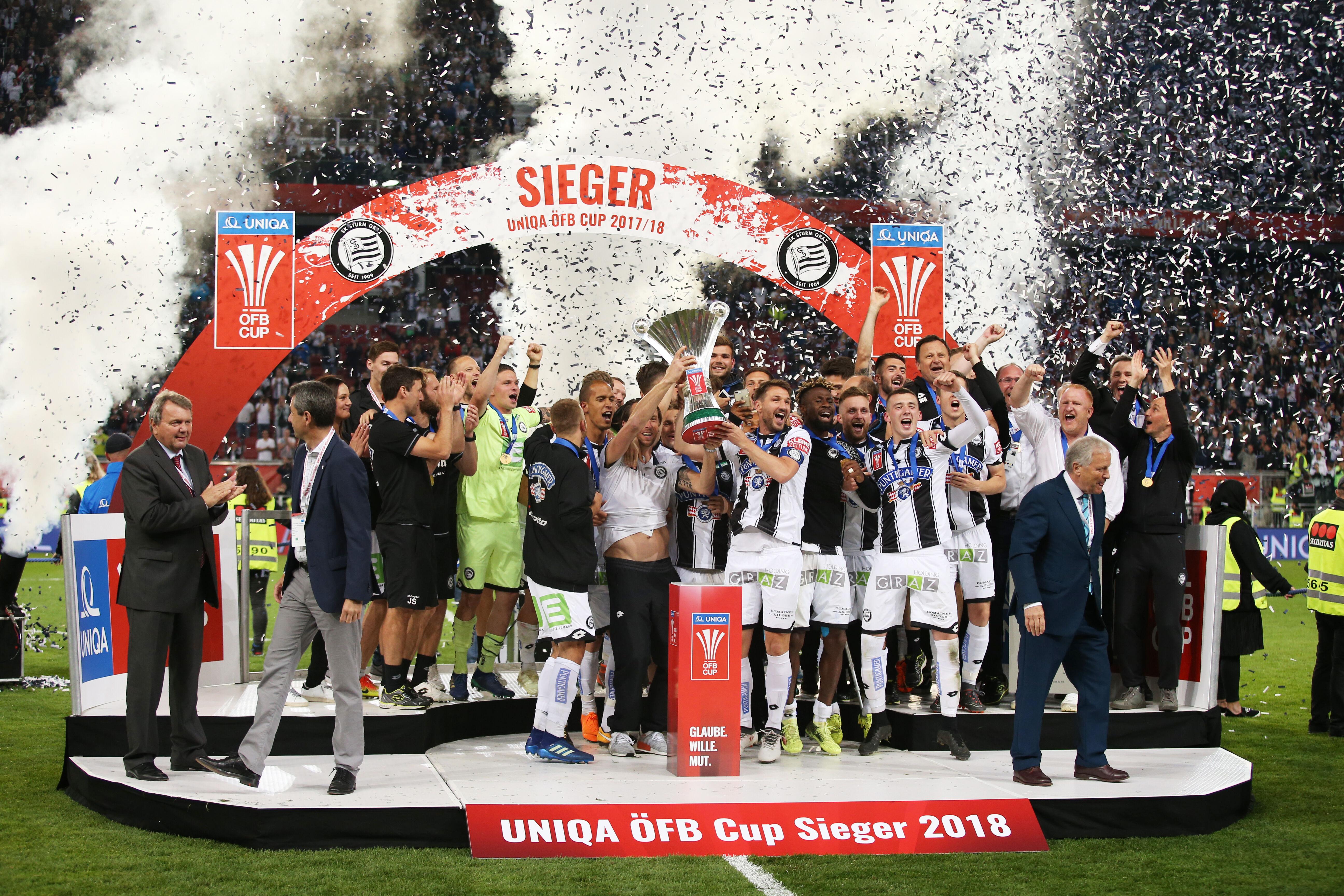
The stadium
Whilst the Gruabn in Jakomini rightfully retains a special place in Sturm fans’ hearts, the club are no strangers to playing football in the neighbouring Liebenau district. The former Bundesstadion Liebenau was often a second home for Sturm when reconstruction was taking place at the Gruabn, or later, when televised games or special fixtures meant that the club wanted to take advantage of the extra space afforded. For example, Sturm defeated Arsenal 1-0 in Liebenau in 1970, with 22,000 fans in attendance to enjoy the match in the European Messestädte-Cup.
Sturm also called Liebenau their home between 1974 and 1982, before moving back to the Gruabn until 1997. The final game there was the perfect send-off for SK Sturm, a 3-0 victory over rivals Rapid Vienna. It remained with the club as the venue for some youth team and amateur team games, until former Club President Hannes Kartnig eventually sold the Gruabn to the city of Graz to help ease financial difficulties in 2004.
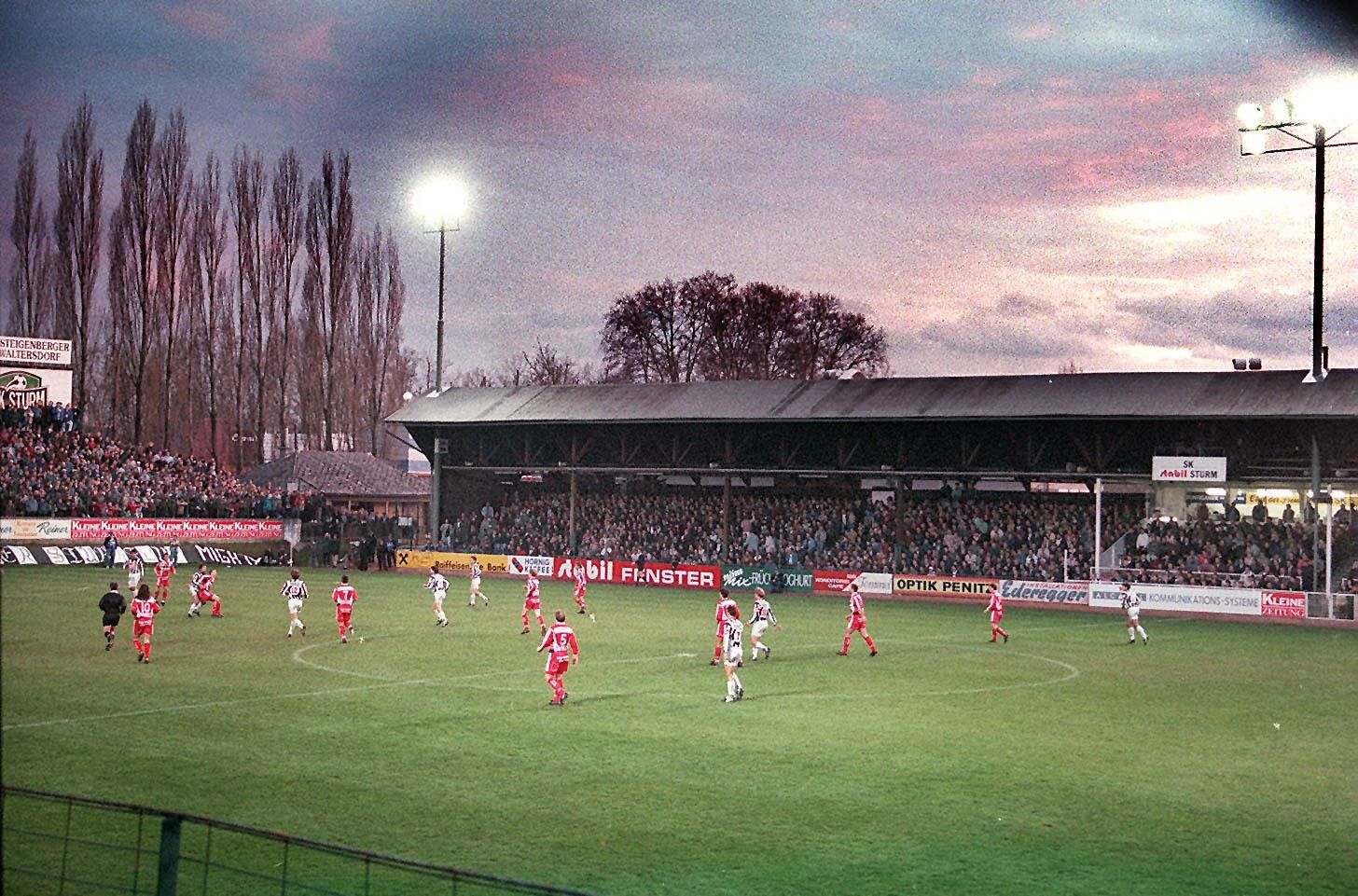
The modern day stadium in Graz Liebenau was built in 1996 ahead of Sturm’s permanent move the next year. The new ground, with a capacity of roughly 16,000 spectators, was infamously named after Arnold Schwarzenegger in its early days, before a political argument led to him removing the right for his name to be used. The naming rights were therefore sold, which is how the stadium came to be known as the Merkur-Arena of today.
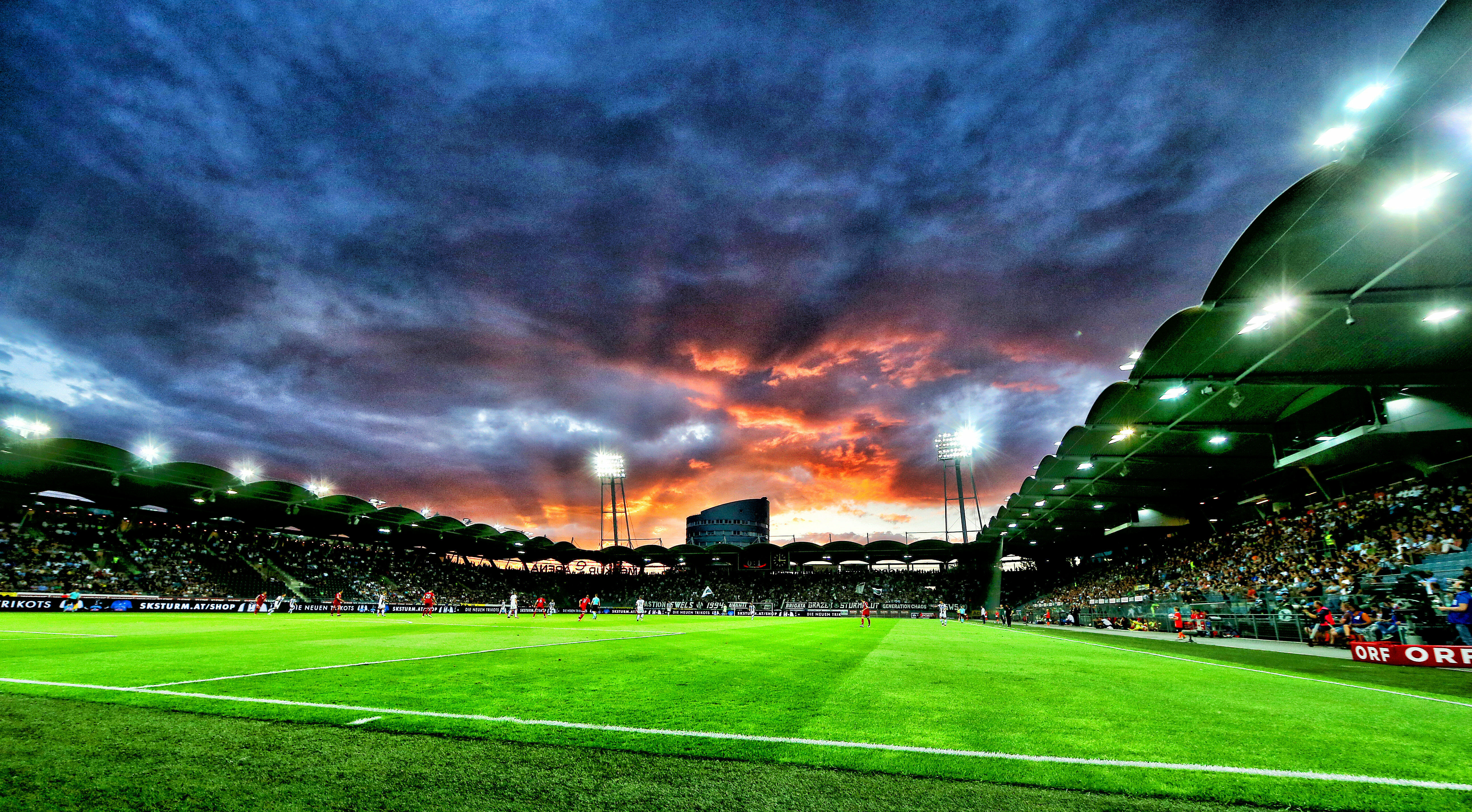
The team:
Sturm’s current crop of players are led by Manager Christian Ilzer, who enjoyed promotion to the Bundesliga with TSV Hartberg, before taking Wolfsberger AC to an impressive third-place-finish in 2019. He’s now finding his feet again after a difficult spell at Austria Vienna, and he’s quickly got his Sturm Graz side heading upwards in the table.
The young defence tends not to leak many goals, and with players such as Amadou Dante, Gregory Wüthrich, Jon Gorenc Stanković and new arrival David Affengruber, the future looks bright. In the midfield, a key addition has been made in the form of Manprit Sarkaria, who was signed on a free transfer from Austria Vienna, whilst more experienced players like Jakob Jantscher and Stefan Hierländer seem to be enjoying a new lease of life at Sturm under Ilzer. Up front, the main man Kelvin Yeboah looks to have been another astute acquisition, working well alongside the Georgian playmaker Otar Kiteishvili to make Sturm a youthful yet very dangerous team.
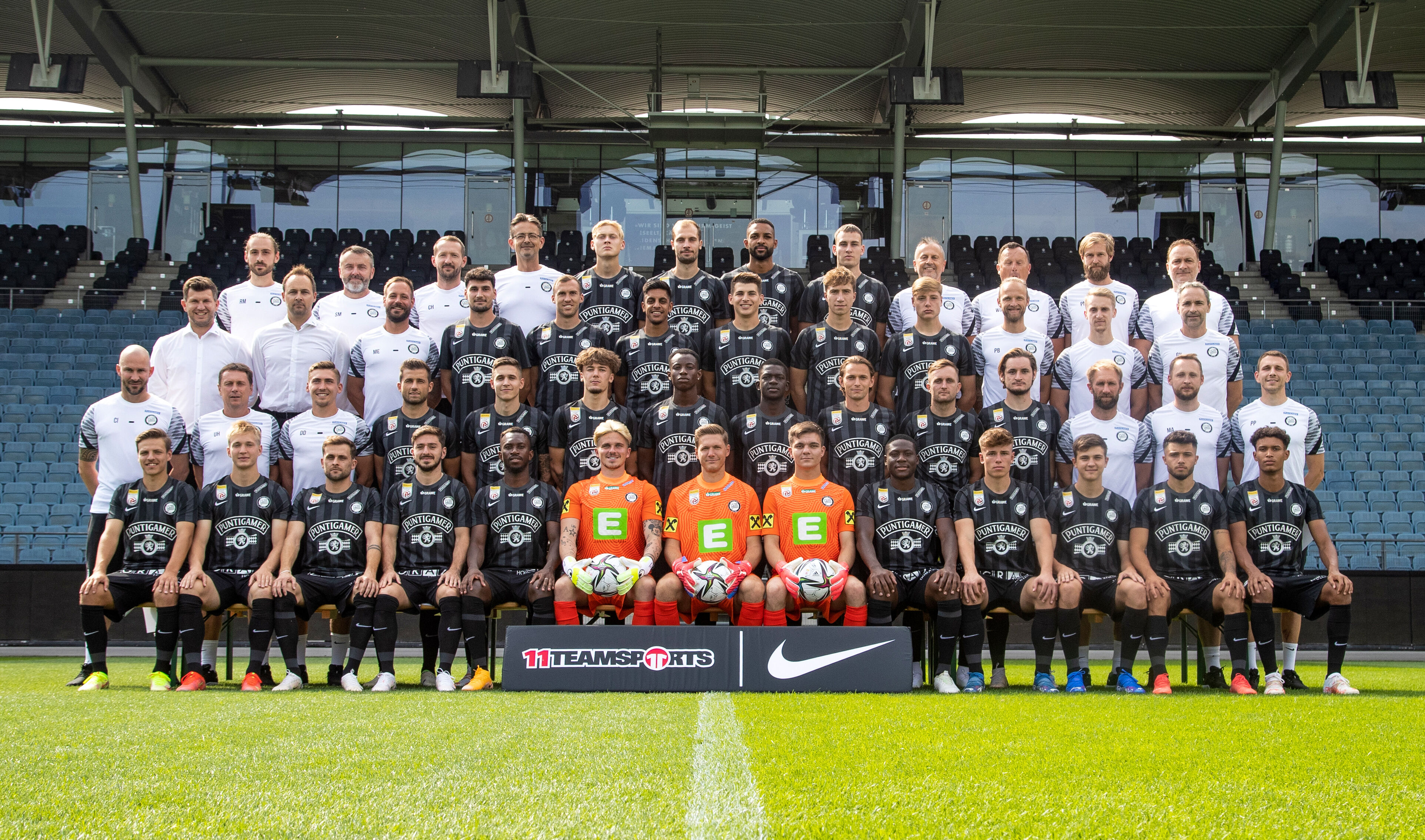
Vocabulary
|
tradition-steeped |
traditionsreich |
|
melting pot |
Sammelbecken / Schmelztiegel |
|
legal entity |
Rechtsträger |
|
landmark |
Denkmal |
|
advent |
Beginn / Ankunft |
|
agonising |
quälend |
|
brace |
Doppelpack |
|
interim |
zwischenzeitlich |
|
silverware |
Trophäe |
|
astute |
scharfsinnig |
Die Kollegen von "The Other Bundesliga" porträtieren in regelmäßigen Abständen die Klubs der Liga - auf Englisch mit der dazugehörigen Vokabelauswahl. In dieser Serie sind bisher folgende Klubporträts entstanden: SK Austria Klagenfurt, SK Rapid Wien, LASK, FK Austria Wien, RZ Pellets WAC, FC Red Bull Salzburg.WSG Tirol , SV Guntamatic Ried, FC Flyeralarm Admira, TSV Egger Glas Hartberg
